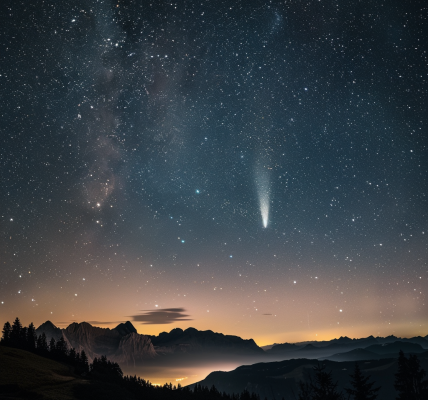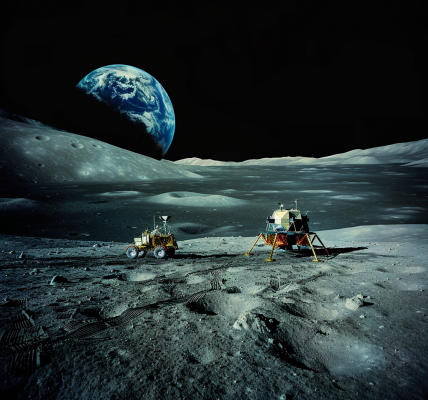Earth’s history has been shaped by the gradual oxygenation of its atmosphere and oceans, a process that played a crucial role in the evolution of life on the planet. A recent study published in Nature Geoscience sheds light on the role of crustal carbonate build-up as a driver for Earth’s oxygenation.
The research, conducted by Lewis J. Alcott, Craig Walton, Noah J. Planavsky, Oliver Shorttle, and Benjamin J. W. Mills, presents a theoretical framework for the long-term global oxygen, phosphorus, and carbon cycles. The study incorporates potential trajectories for the emergence of continents, the degassing of mantle volatiles, and the resulting increase in the size of the crustal carbonate reservoir.
The findings reveal that the accumulation of carbonates in the Earth’s crust has a significant impact on the planet’s oxygenation trajectory in both the atmosphere and oceans. This process allows for ever-increasing carbon recycling rates through weathering and degassing, which has been overlooked in previous models of Earth’s coupled climate, nutrient, and oxygen evolution.
The study’s implications go beyond understanding Earth’s history; they also have relevance for potential exoplanet biogeochemistry. By examining Earth’s gradual oxygenation, researchers are able to test the planetary boundary conditions that permit intelligent life. The process of oxygenation included significant milestones such as the Great Oxidation Event (GOE) and the Paleozoic Oxygenation Event, with ongoing investigations into potential intermediate steps or periods of instability during the Neoproterozoic Era.
Overall, the study provides valuable insights into the complex interplay between geological and biological processes that have shaped Earth’s atmosphere and oceans over billions of years. The role of crustal carbonate build-up in driving Earth’s oxygenation highlights the intricate mechanisms that have governed the planet’s evolution and paves the way for further exploration of planetary oxygenation and biogeochemical cycles.





